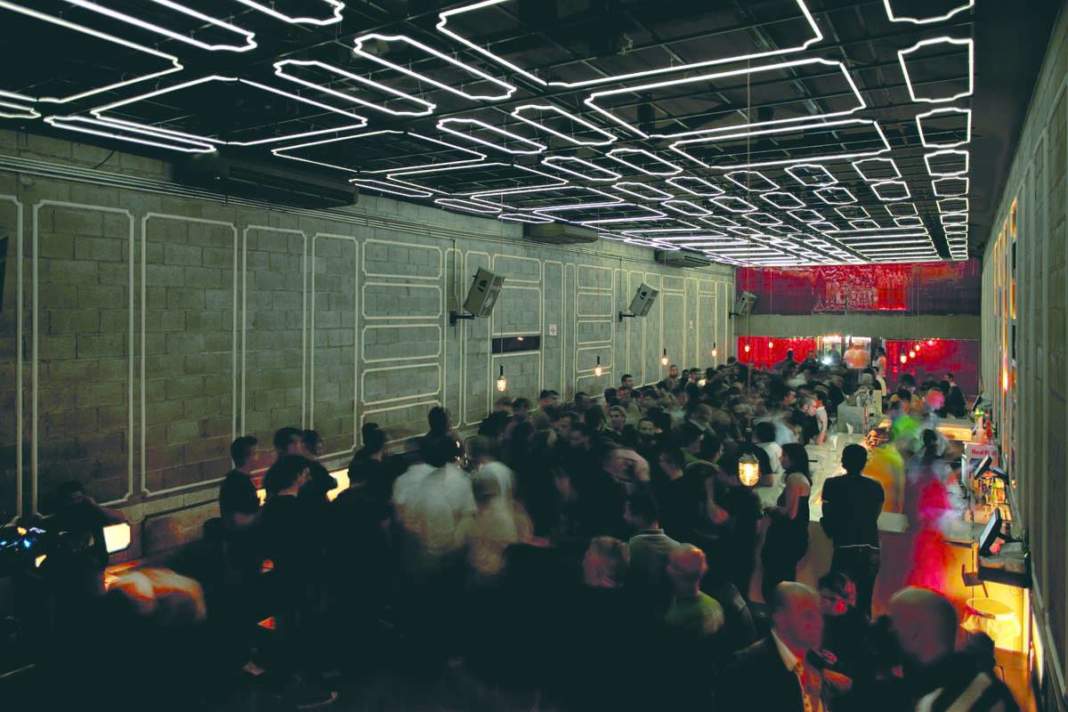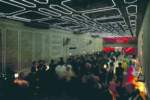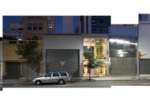The first week of the year. Now that Father Christmas has left us, the calendar is projected into the future, we can get back to work undisturbed.... until everything stops again for the follies of the Carnival. That's what Brazil is like, a festive, cheerful and perhaps somewhat carefree country. And even São Paulo, usually a very serious city, adapts to the general euphoria. A place characterized by strong contrasts, meeting point of immigrants of all races and confluence of unemployed and uneducated people from the Northeast, São Paulo has developed as a melting pot of different cultures. Some years ago there were more Japanese here than in Tokyo, today there are more Lebanese than in Beirut. The old Japanese immigrants, who have learnt no other language in order not to lose their culture, have created their district, "Liberty", where the streets are lit with Eastern lanterns and where all the shops and restaurants are Japanese. What is the force of this culture? Today a lot of Paulistas, when ill, visit a Japanese wise man before going to see the physician. Proof of this multicultural nature is the attempt to preserve national values within one-race district: Jews in the Giardini and in Higienópolis, Italians in Braz and Bixiga and, recently, immigrants from Eastern Europe, mostly Lithuanians, who have gathered in the eastern part of the city, to make their culture flourish once more. A gray city that lacked fascination and charm twenty years ago (not unlike the old Milan), São Paulo is today seductive, thanks to everything it offers all our five senses. The scent of the flowers in its parks, the flavours from all over the world in its fantastic restaurants, its modern and well-equipped theatres, the many museums, nightclubs and, everywhere, the music and vibrant colours, the beauty of its youths, women and men.
Beauty may be enjoyed all over the city, in the countless art galleries and museums, and the graffiti, initially eyesores in the form of primitive drawings, have now been ennobled to the category of works of art. São Paulo becomes international, it hosts more and more artists who decide to live in the city, as we are told by Maria Baró, gallerist and by the Campana brothers, designers.
Disorderly, chaotic, fast-paced and full of energy. This is São Paulo, which the architect Isay Weinfeld defines as “a city without identity“.
In the midst of this chaos, as if by chance, we find a very orderly shopping street. All the design shops - especially Italian furniture and lamps - are found in the by now famous via Gabriel Monteiro da Silva; not far, in the Avenida Europa, there are the show rooms of all the most expensive European cars. A bit further ahead we encounter via Oscar Freire, the most famous and elegant open-air fashion mall. Strolling along it, we find all the labels of Italian and Brazilian high fashion, and most elegant hotels and restaurants are also found in this area. But, unlike the “dressed up“ women who can be seen strolling in the most elegant neighbourhoods of Milan, in the Oscar Freire it is “street fashion“ that prevails: clothes for the youngest, shorts and miniskirts, almost always accompanied by T-shirts and tights, to show off “sarados“ bodies straight from the gym. The discreet “inelegance“ of its girls, as Caetano Veloso used to sing in a melody dedicated to São Paulo.
City of contrasts, magnetic nucleus, which polarizes and attracts those who want to make money and those who want to spend it. And the commerce is organized in exclusive streets; in the old town, for instance, one street only features wedding dresses and another only offers Chinese products. Both streets are always very crowded. Vila Madalena – the famous bohemian district, built for the Portuguese workers whose wives were often employed as domestic servants, is today one of the city's most prestigious neighbourhoods, and this is where the most popular bars and restaurants can be found. A bird‘s eye‘s view of São Paulo amazes due to the density of the urban tissue, made of gray buildings. But in the midst of all this architectural mediocrity the city unites the majority of the works of Oscar Niemeyer (in addition to Brasilia); the most beautiful projects by the Italian architect Lina Bo Bardi, among which the Museo di Arte of São Paulo and the works of the Pritzker prize winner, Paulo Mendes da Rocha.
Sao Paulo counts 18 million inhabitants, who roam the city day and night. We may accompany them on a sight-seeing trip, to visit the most charming places and discover how the "beautiful people" takes advantage of the city that never sleeps. Starting from the centre, we may enjoy a spectacular view of the whole city from the terrace of the Italy Building, which Paulistas only visit when they invite tourists. Then we can go to the Gardens of America and Europe, the most elegant and popular. In addition to the Gardens, a new and very chic district with an elegant shopping centre, the only mall in the whole world that is not ugly. We may then admire another scenic view of the city from the terrace of the Due Cuochi restaurant, a marvellous place and full of vegetation, like everywhere else. A wealthy city? We may ask those who live in the splendid buildings in the elegant Morumbi area. Just alongside, you only need to turn a corner to find an enormous favela or shantytown. But this is a special favela, where the youths have founded a symphonic orchestra which plays in Europe and all over the world. But how do the Paulistas live? Gastronomy is the city‘s strong point. As there are no sea or beaches, people meet in the shopping centres and restaurants, from Japanese to Italian, Arab, French, Chinese (the world‘s only branch of the famous Ping Pong restaurant of London is found here), Israeli, Indian, Greek, Brazilian from every region, not to mention the cafes, bars, traditional “botequins“, pizzerias, “churrascarie“, hamburger restaurants as well as bakeries, from the small, sophisticated ones to the enormous ones where you can buy bread from all over the world. And, every Wednesday and Saturday, the delicious “feijoada“. Noblesse oblige. But, to be able to enjoy all these calories, the Paulistas walk, run, drive bicycles in the parks or roads and work out in the gyms. And moreover, at night, there are the “baladas“, with their frenetic rhythms, and the old sambas of gafieira for the nostalgic. But early in the morning they are all back at work. The business city par excellence puts on its austere face and becomes serious once again.
Maria Helena Estrada Chief Editor of Arc Design magazine.








